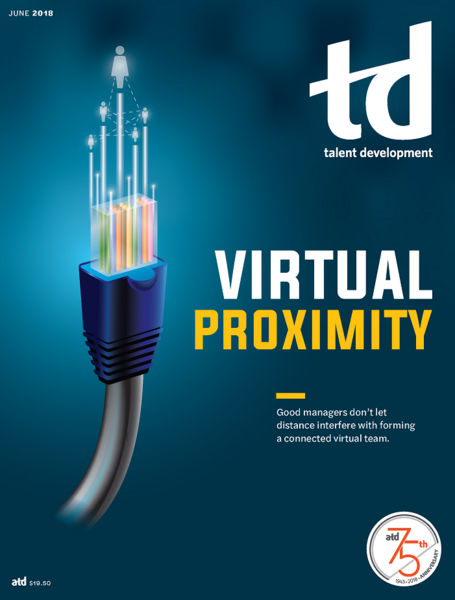TD Magazine Article
Member Benefit
Turning to Tech to Fill Skills Gaps
The ways organizations interact with their employees are changing, and talent development needs to keep up.
PG
By
Fri Jun 01 2018
Loading...
Rather than training the workforce, new research shows companies are seeking out artificial intelligence and other external resources.
You've Reached ATD Member-only Content
Become an ATD member to continue
Already a member?Sign In

Advertisement
